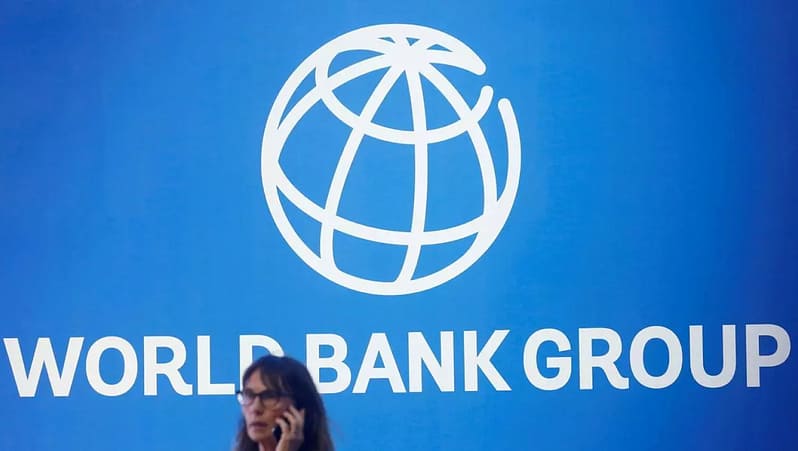The World Bank on Thursday raised India’s growth forecast for the current financial year to 7 percent from an earlier estimate of 6.6 percent, boosted by government spending on infrastructure.
“Growth was supported by public investment in infrastructure and a revival in household investment in real estate. On the supply side, it was supported by a growing manufacturing sector, which grew by 9.9 percent, and resilient activity in services that offset the underperformance in agriculture,” the World Bank said in an India Development Update.
Auguste Kouame, the World Bank’s India director, said the country is becoming more dynamic in a challenging environment and will not face the risk of falling into the middle-income trap if it continues with its policies and reforms.

“India has succeeded despite adversity. I don’t see growth slowing to the point where it’s trapped,” he said.
India grew at 8.2 percent in fiscal 2023-24, becoming the fastest growing major economy in the world. Growth slowed to a 15-month low of 6.7 percent in April-June 2024-25, mainly due to poor performance in the agriculture and services sectors, government data showed on Friday.
The International Monetary Fund had earlier raised India’s gross domestic product (GDP) growth estimate for FY25 to 7 percent. Ratings agency Moody’s also raised India’s GDP growth projection for calendar year 2024 to 7.2 percent from 6.8 percent earlier.
Also Read
- IIT-Delhi Abu Dhabi opens its first international campus in UAE
- KL Rahul invests in lifestyle brand ‘Metaman’ for new premium perfume range
The World Bank expects India’s medium-term outlook to remain positive, with GDP growth projected at 6.7 percent for FY26 and FY27. The report says that while the urban labor market has gradually improved since the peak of the pandemic, youth unemployment has remained elevated at around 17 percent.
World Bank economist Aurelien Kruse said the intent of the government’s manufacturing-linked incentive scheme is good, but given the scale of India’s economy, it can only do so much. “To achieve scale and systemic change, you have to go to the root of the problem,” he said.
The World Bank report forecasts inflation (the consumer price index) at 4.5 percent in FY25, falling to 4.1 percent and 4 percent in FY26 and FY27, respectively.




